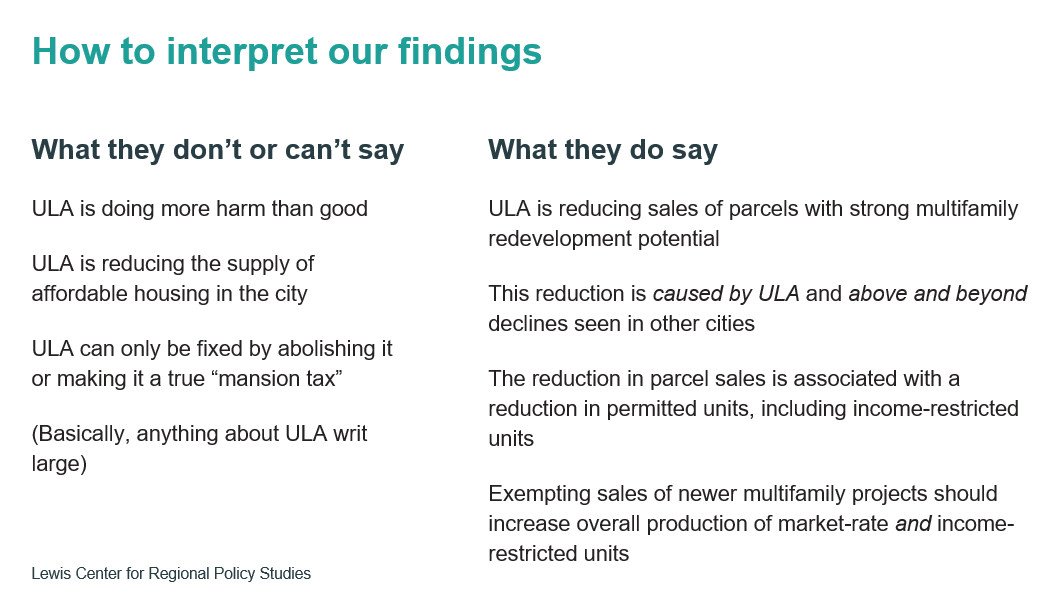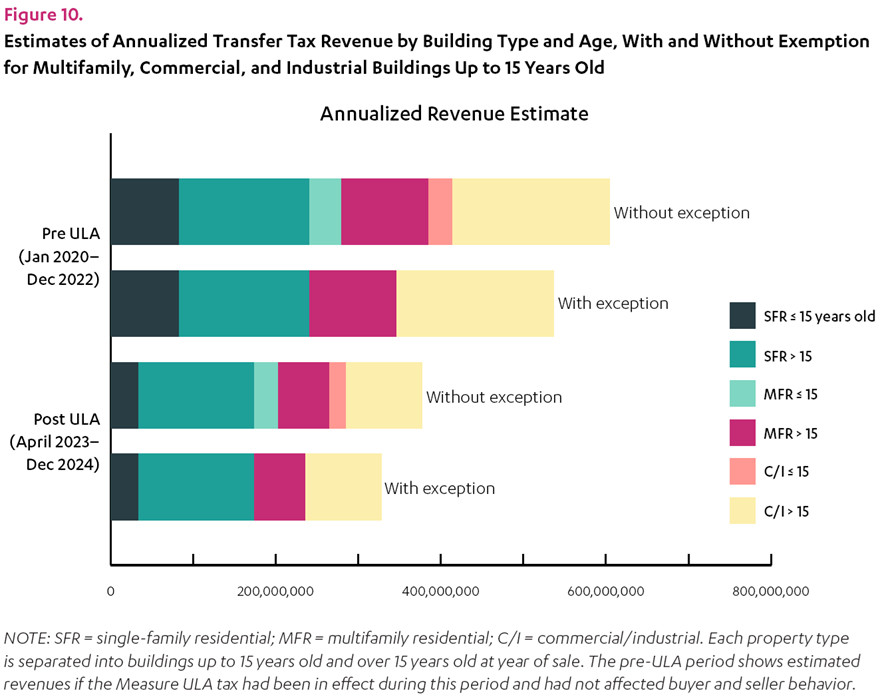
Shane Phillips
@ShaneDPhillips
Followers
11K
Following
82K
Media
2K
Statuses
19K
Researcher @UCLALewisCenter. Co-host of UCLA Housing Voice podcast. I wrote The Affordable City. Moved to Bluesky -- same name.
Los Angeles
Joined May 2012




